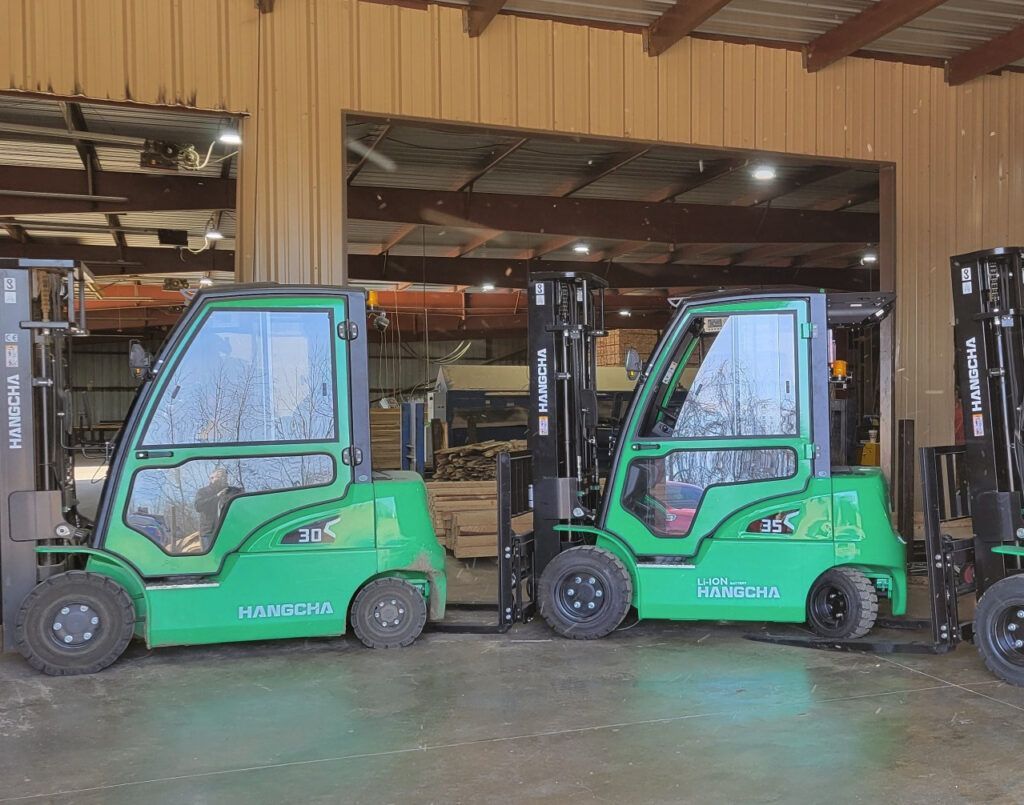Cool Strategies: Beating the Summer Heat in a Warehouse
As the scorching summer sun bears down, warehouses can quickly transform into sweltering ovens, making work uncomfortable and even hazardous. With soaring temperatures, maintaining productivity and employee well-being becomes a significant challenge. However, implementing practical solutions and innovative strategies can keep your warehouse cool and your workforce comfortable, ensuring smooth operations during the hottest months.
Optimize Ventilation
Proper ventilation is critical to cooling down a warehouse. Ensure strategic positioning of windows, doors, and vents to encourage airflow. Consider installing industrial fans or roof vents to facilitate air movement throughout the space. Additionally, exhaust fans can help expel hot air, creating a more comfortable environment for employees. A well-ventilated warehouse reduces indoor temperatures and helps mitigate humidity levels, further enhancing comfort.
Utilize Cool Roofing Materials
Traditional roofing materials like asphalt can absorb and retain heat, contributing to higher indoor temperatures. Opting for cool roofing materials, such as reflective coatings or light-colored roofing membranes, can significantly reduce rooftop temperatures by reflecting sunlight rather than absorbing it. This simple adjustment can substantially impact the warehouse's cooling costs and overall comfort. Moreover, cool roofing materials often come with added durability, providing long-term benefits beyond temperature regulation.
Invest in Insulation
Proper insulation helps regulate indoor temperatures year-round and prevents heat from infiltrating the warehouse during the summer months. Insulating walls, ceilings, and doors can create a barrier against external heat, keeping the warehouse cooler while maintaining consistent temperatures and reducing the strain on cooling systems. Additionally, insulation can contribute to energy efficiency by minimizing heat transfer, ultimately lowering utility bills and environmental impact.

Implement a High-Efficiency Cooling System
Upgrading to a high-efficiency cooling system can drastically improve comfort levels while minimizing energy consumption. Options such as evaporative coolers or industrial air conditioning units feature specific designs to handle the demands of warehouse environments. Additionally, programmable thermostats allow for precise temperature control, ensuring that cooling is optimized based on occupancy and operational needs.
Investing in energy-efficient cooling solutions enhances employee comfort and reduces long-term operational costs and carbon footprint.
Create Cooling Zones
Dividing the warehouse into cooling zones allows for targeted temperature control based on specific work areas or employee activities. Focus cooling efforts on areas with high heat-generating equipment or where employees spend the most time. This approach optimizes energy usage and ensures that cooling resources are directed to where they are needed most. By customizing cooling solutions to different zones within the warehouse, businesses can maximize comfort and operational efficiency.
Provide Personal Cooling Solutions
In addition to cooling the warehouse environment, personal cooling solutions can enhance employee comfort and productivity. Provide access to portable fans, cooling vests, or misting fans for employees working in particularly hot areas or during peak heat hours. Encourage frequent breaks in designated cool zones to prevent heat-related illnesses and fatigue. By empowering employees with personal cooling options, businesses commit to their well-being while promoting a safer, more comfortable work environment.
Promote Hydration and Heat Safety
Educate employees about the importance of staying hydrated and recognizing the signs of heat-related illnesses. Provide easy access to cold water stations throughout the warehouse and encourage regular hydration breaks, especially during periods of intense heat. Implement a heat safety plan that includes training on heat stress prevention and protocols for responding to emergencies. By prioritizing hydration and heat safety, businesses can minimize the risk of heat-related illnesses and ensure the well-being of their workforce.

Work with Benco Industrial Equipment
Beating the summer heat in a warehouse requires a proactive approach to addressing environmental and human factors. By optimizing ventilation, investing in insulation, implementing efficient cooling systems, and promoting heat safety practices, warehouses can maintain comfortable working conditions even in the face of soaring temperatures.
By prioritizing employee well-being and operational efficiency, businesses can ensure continued productivity and success throughout the year's hottest months.
Our Benco Industrial Equipment team offers personalized assistance and consultation to help you find the best solutions for your warehouse needs. Contact us today to explore our range of industrial equipment and services and take the first step toward improving your warehouse operations.




